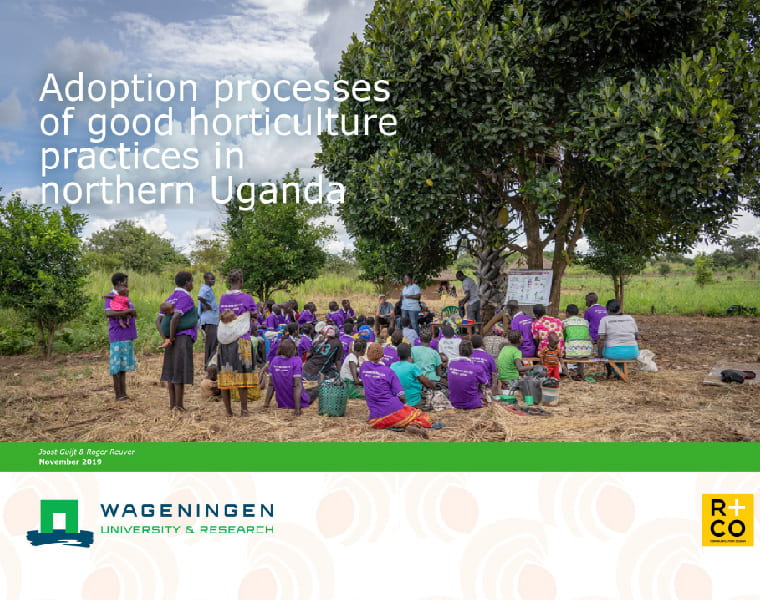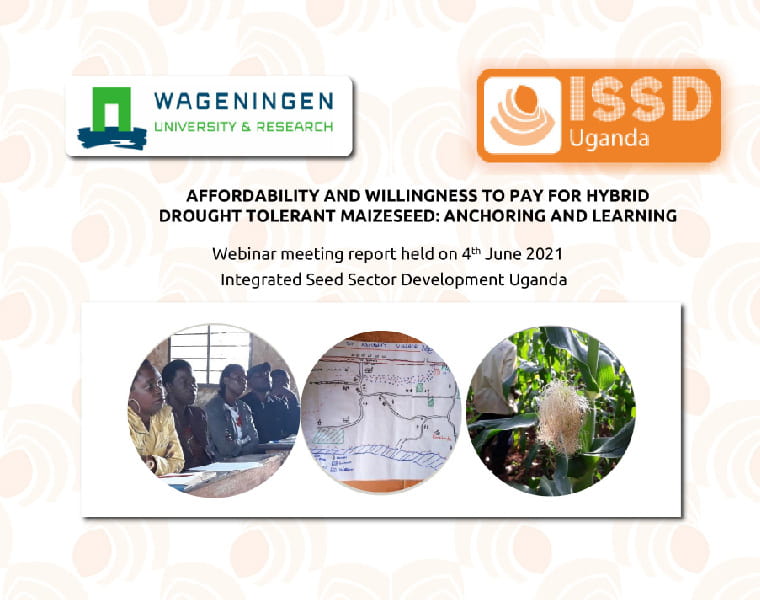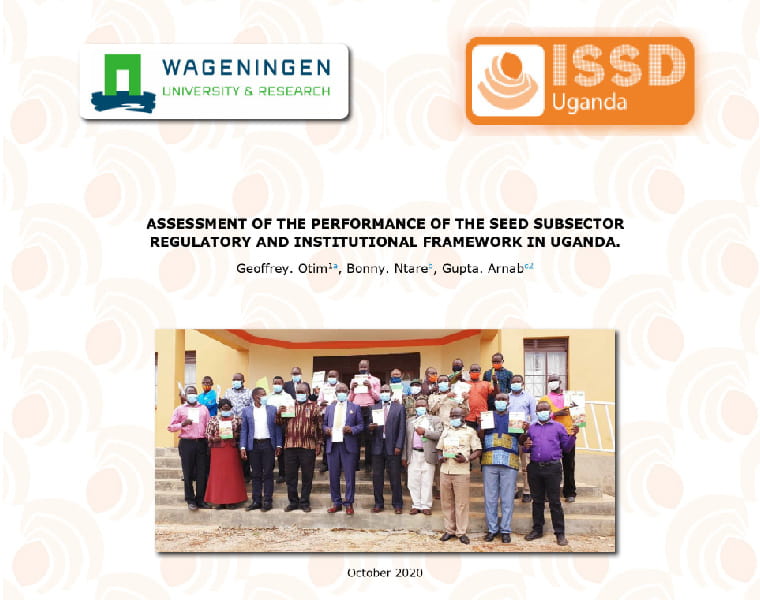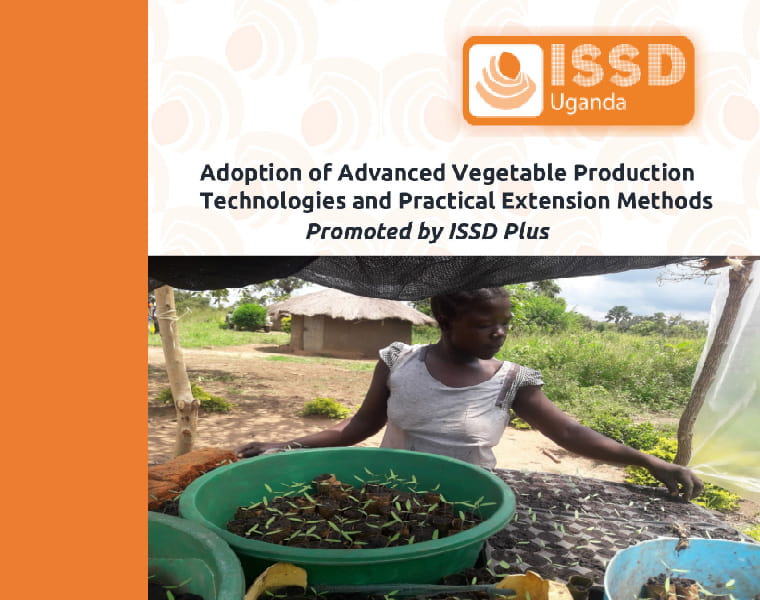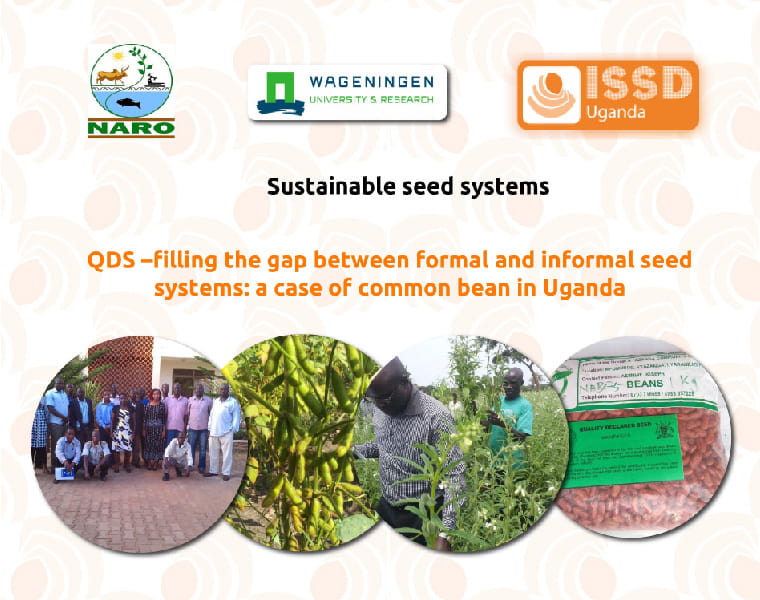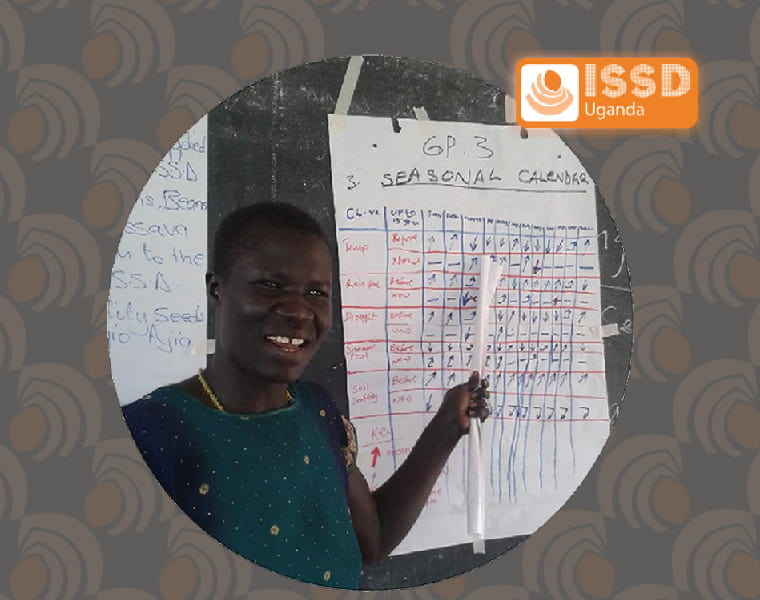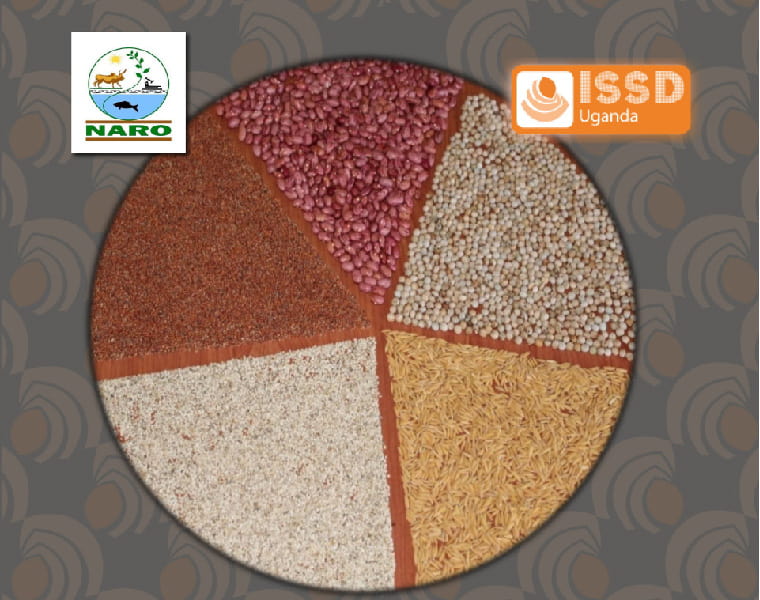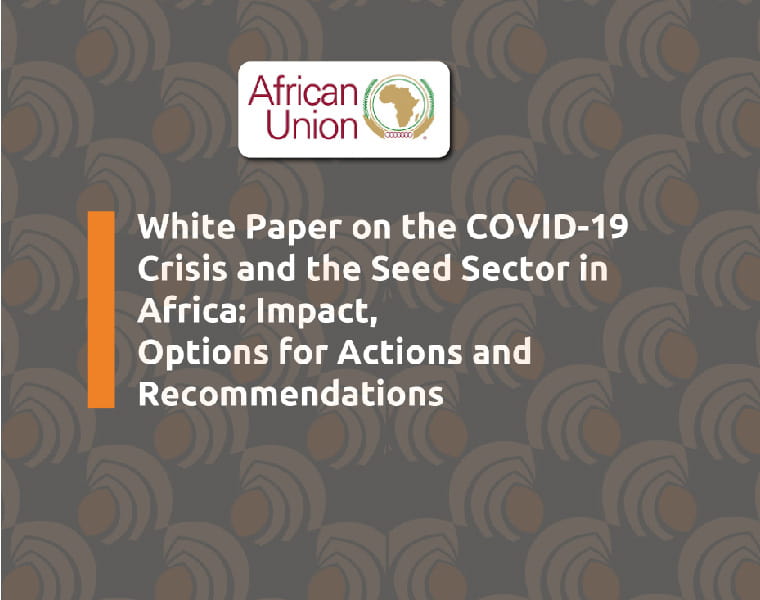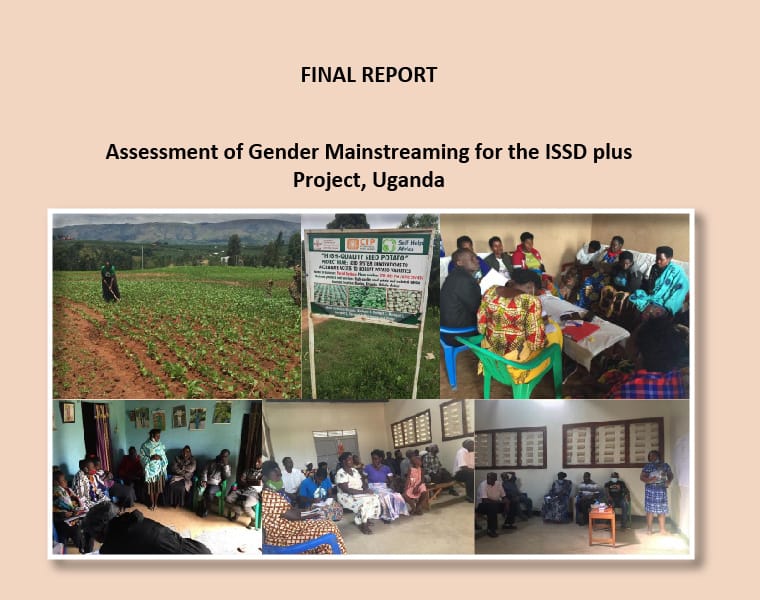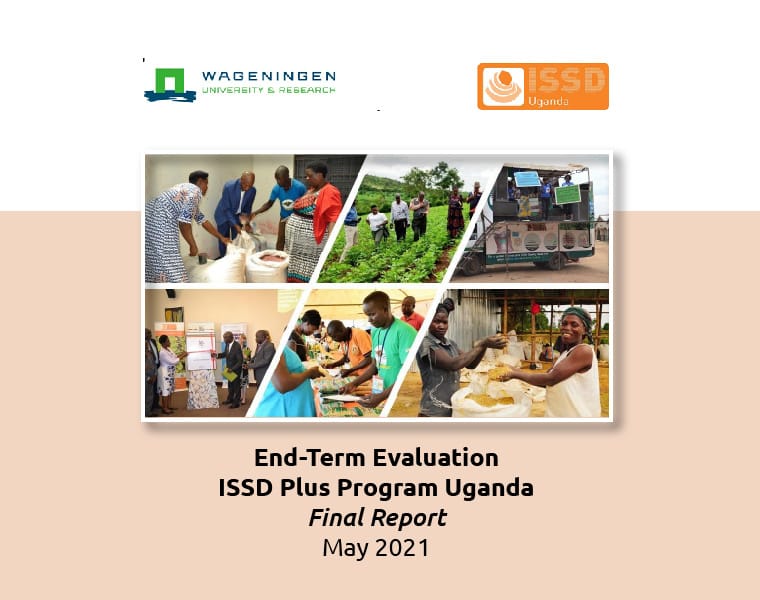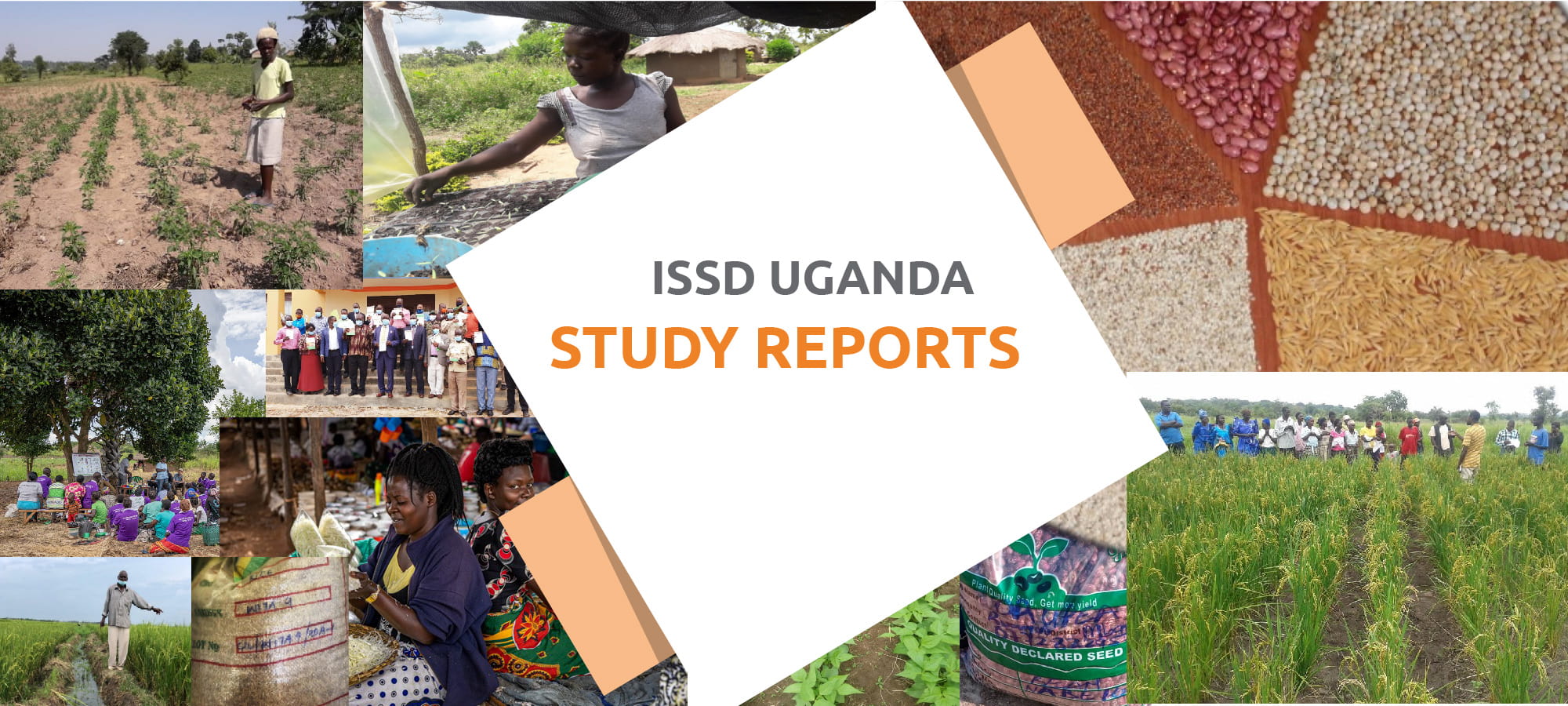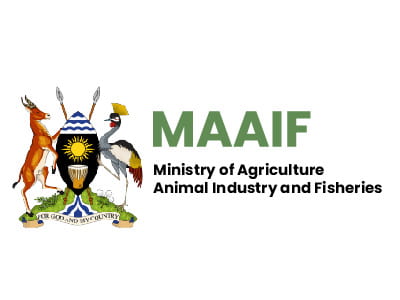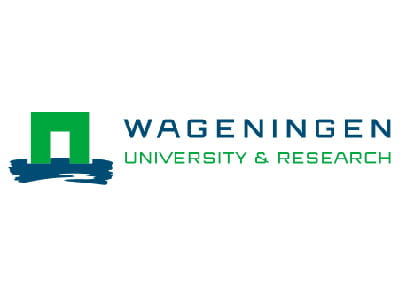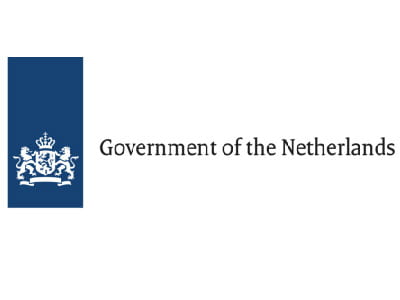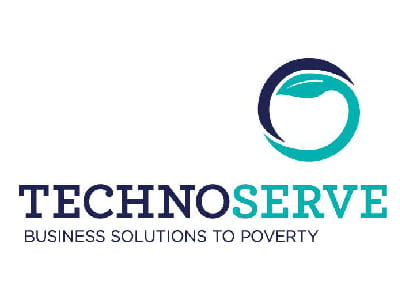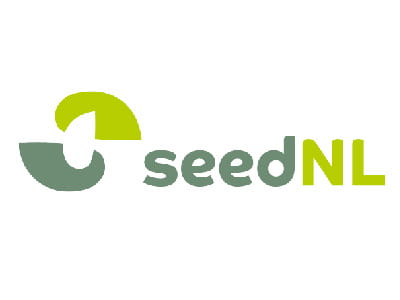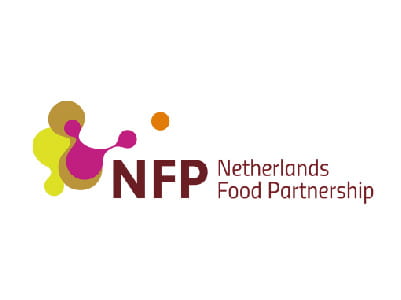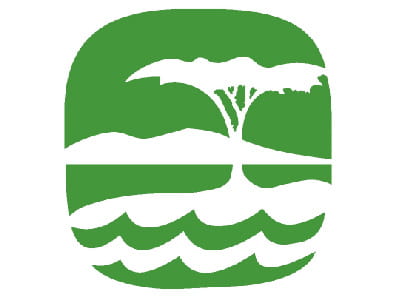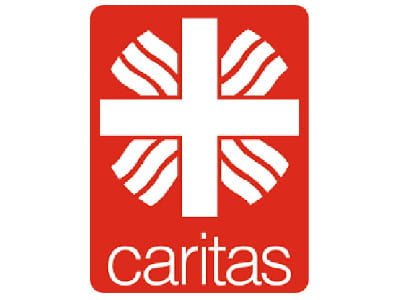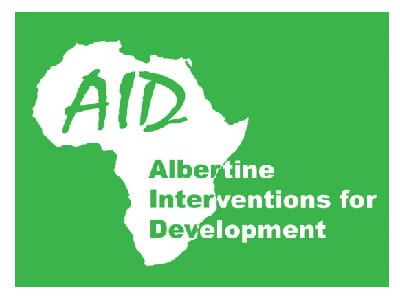Seed is a foundation in crop production and therefore a significant component in
transforming smallholder agriculture for the development of agricultural economies. The
Integrated Seed Sector Development (ISSD) program in Africa that has over the years
played a key role in improving availability of and access to quality seed for the rural farm
households. One component of ISSD is the ISSD Plus project in Uganda, implemented by
Wageningen UR Uganda (WUU) in collaboration with National Agricultural Research
Organization (NARO) and the private sector.
The ISSD Plus project aims to strengthen the development of a vibrant, pluralistic and
market-oriented seed sector that is able to address key challenges that hamper the seed
sector development in Uganda. The project introduced Quality Declared Seed (QDS) of
mainly non-hybrid crops to be produced at community level by trained farmer groups.
It empowers skilled and market-oriented farmer groups through a Local Seed Business
(LSB) approach, and has since 2012 supported over 264 LSBs in 59 districts across
Uganda.
To assess the contribution of the LSBs to the seed sector in Uganda, this study was
commissioned focussing on assessing availability, accessibility, affordability and quality
of QDS of seven priority crops; beans, groundnuts, potato, rice, soybean, sesame and
cassava in six regions of Uganda over the last four years (2016-2020). The regions are
Kigezi, Ankole, Rwenzori, Eastern, West Nile and Northern region.
The study used mixed methods including literature and document review, focus group
discussions, key informant interviews, case studies, household survey and a local market
survey which involved LSBs and agro-input dealers in the study area. The household
survey involved farmer beneficiaries of the ISSD Plus project (farmers in sub counties
where LSBs were established and supported), and a control group (farmers from other
sub counties which did not directly participate in the ISSD Plus project and where there
were no LSBs).
Using a mixture of purposive, stratified and random sampling methods, respondents for
the seven crops supported (LSBs farmers and target beneficiaries), farmers from sub
counties without LSBs (control), and other seed actors (formal and informal) were
selected and interviewed. From each region, two districts were selected with the guidance
of ISSD technical staff. In each district 140 farmer beneficiaries and 160 non-beneficiaries
(control) were selected making a total sample of 1,800 farm households. In addition, in each district four FGDs (two for beneficiaries and two for control), 12 key informant
interviews and one case study were conducted.
The data collected were processed using MS Excel, SPSS (version 25), and STATA 13
computer software, and analysed using descriptive and regression analysis. In the
analysis, QDS availability was defined as seed supply or the physical quantity of QDS
available to farmers from LSBs and any other sources. QDS access was defined as
effective demand for the seed, given the prevailing intrinsic and extrinsic factors, while
QDS affordability was defined as farmers’ ability to access and use QDS in required
quantities, quality and time. QDS quality was assessed using qualitative methods based
on farmers’ perceptions, attitude and knowledge of seed quality attributes.
Study findings on quality seed availability show that in the last three years the supply of
QDS by LSBs for all the seven crops has generally been increasing, with the decline in
2018 attributed to the prolonged dry season that affected planting. From 2016 to 2019,
bean seed supply increased by 293%, potato by 1,373%, rice by 1,020%, soybean by 562%
and groundnuts by 82%. However, sesame seed declined by 5% due to lack of foundation
seed, and cassava cuttings also declined by 37% because of low market demand that
discouraged LSBs from expanding production.
Despite increased production of QDS in the past few years, there is a general consensus
that QDS is still in small quantities and therefore not readily available. Considering all
the crops, only 39.3% of the entire sample said QDS is readily available. Overall, the
market share of QDS is small (at 10% for season A of 2019 and 6.4% for season B), with
home saved seed and grain from the market taking the bigger share of the total seed
planted. Although the majority (64.5%) farmers reported availability of enough crop
varieties, quite a big percentage (e.g. 40% in rice, 50% in potato and 64% in beans)
reported inadequacy in quantity of QDS produced. About 45% of the farmers buy seed
from LSBs (35.2% from individual members of LSB groups and 9.4% from LSB stores).
Farmers find it convenient to buy from a neighbouring seed farmer than going to the LSB
store. The key factors affecting the supply of QDS by LSBs include limited access to
foundation seed (FS), quality of FS, limited land and limited capital.
Download Publication
